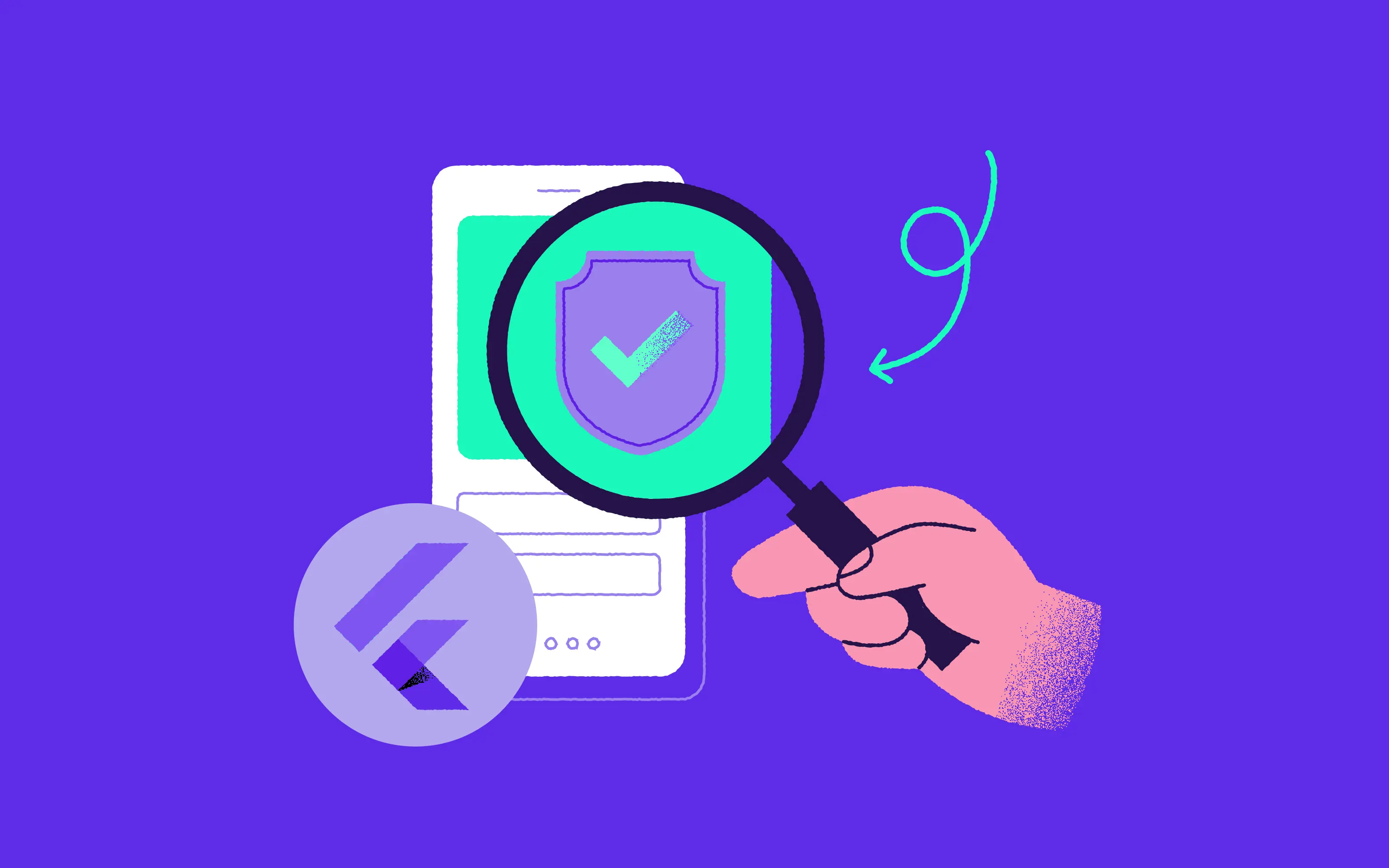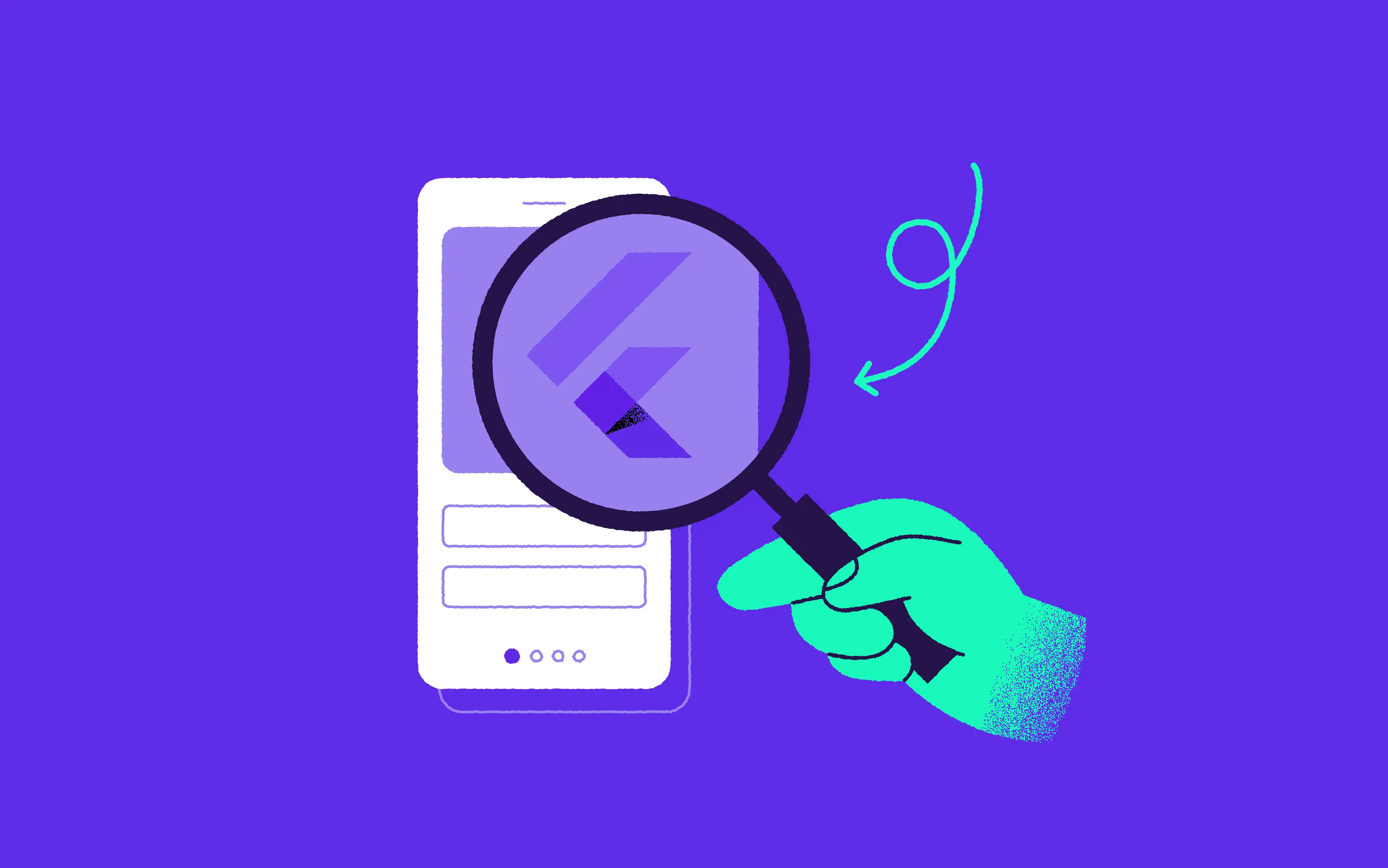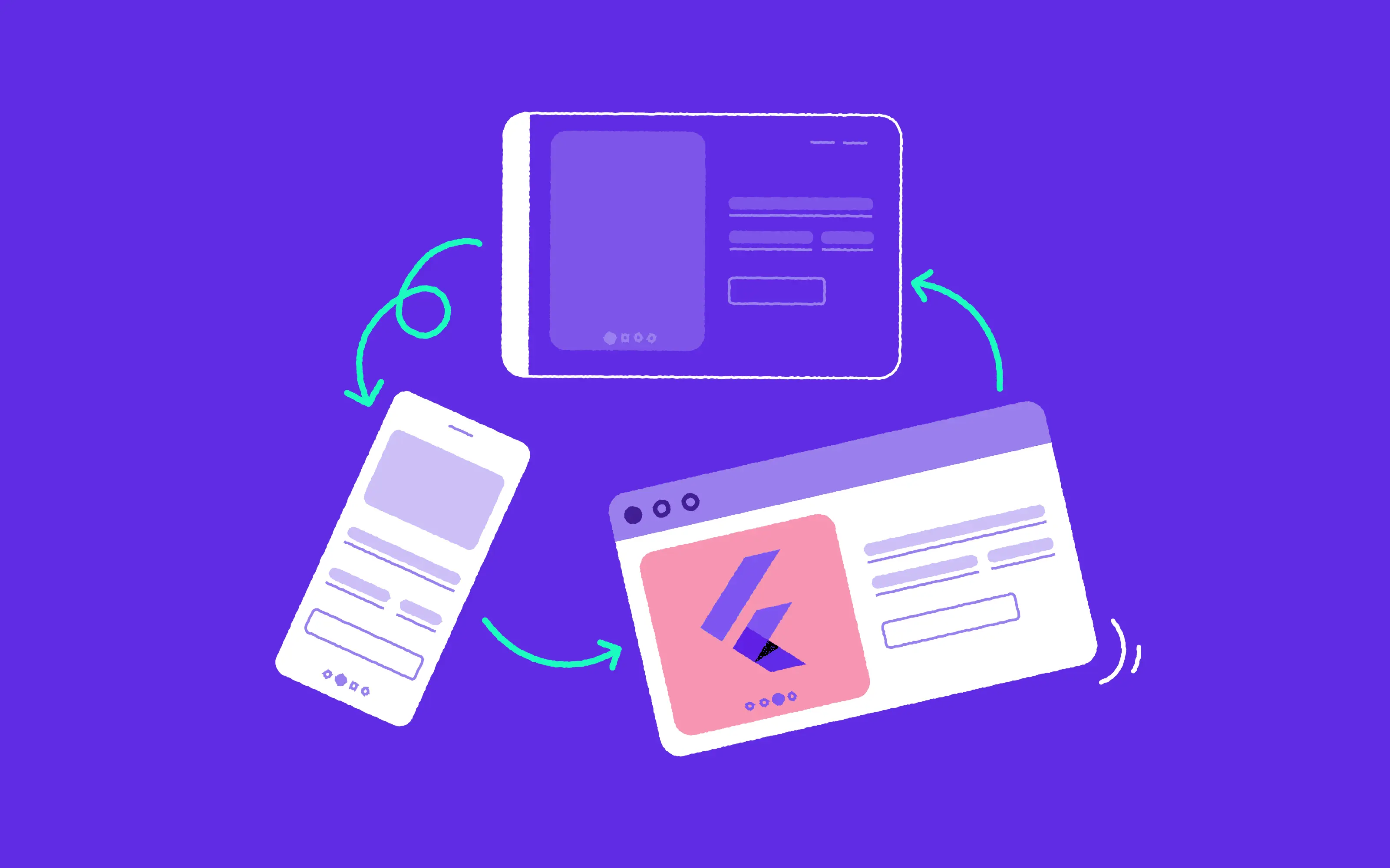
During the last 10+ years, our mobile development team at 10Clouds has delivered 30+ successful digital products to companies operating in a whole range of sectors, from healthcare to finance.
Our experience has taught us that starting with a Minimum Viable Product (MVP) is the best strategy for increasing the chances of that success. That’s why we decided to formalize our approach and offer our mobile development services under the following title: ‘MVP in 40 days.’
Read this cheat sheet to learn how our team delivers an MVP in 40 days.
Why should you build an MVP?
Do you know what features Instagram offered to users when it was released for the first time? A total of 12 filters and the main feed. No search function, tags, or stories. All these features came later, much later – when the company tested their product on the market and knew which functionalities users wanted.
And that’s what building an MVP is all about: gathering user feedback early and shipping iterations that reflect user needs and have real business value.
Building an MVP brings businesses a host of advantages that maximize the opportunity to release a successful digital product:
- Test your key business concepts early on – you don’t have to build the entire app to check whether users like it (or more importantly, need it). An MVP is a version of your product that delivers your core functionalities to market early to test your business idea. By offering this simplified version instead of a full-blown product, you can test your hypotheses, gather user feedback, get your product to market fast, and keep the costs down.
- Create a strong business case – the more features you add to the app, the higher its cost will be. But you don’t need nice-to-have-features to demonstrate a product’s market validity. A functional and well-tested MVP helps to build a business case that has the power to convince investors.
- Start evolving your product early – an MVP means that you go to market only with core features, allowing you to build up a user base early on and learn what works (and what doesn’t). This critical information will help you make strategic decisions about the next iterations of your product – for example, which features to add and which ones to toss aside. That way, you’ll allocate your budget in functionalities that help to increase sales and ROI.
- Reduce development costs – delivering a mature mobile application takes months, if not years of hard work. And you can be sure that the price tag matches that effort. An MVP is designed to provide immediate value – and that’s why it delivers the highest value to your business within the shortest amount of time possible, all the while minimizing costs.
What does ‘MVP in 40 days’ mean?
We define the MVP as a product that has enough core functionalities to make it releasable to customers. Usually, these early adopters provide feedback that powers further product development.
The idea behind the MVP is simple:
- Small products = faster development.
- Faster development = faster idea validation.
- Faster idea validation = cost savings and the option of changing the direction of product development to match user needs at a relatively low cost.
For product owners, an MVP offers an ideal situation:
If the product is a success, you get income from users or advantage for investor talks early on.
If nobody notices your product, you’ll know that early on and can apply changes faster.
Based on our experience in developing 30+ mobile apps, we crafted a perfect combination of business analysis, UI/UX design, development, Q&A and project management to deliver a fully functional, cross-platform mobile app in 40 days. The app will be ready for submission to the Google Play Store and App Store.
Here’s what we don’t offer in ‘MVP in 40 days’
- Waste of your time and money – it’s not going to be a 6-month-long development process with hours spent on pointless meetings. We respect your time and money.
- Irrelevant functionalities – we’re not going to implement “nice to haves” or “oh this is cool too!” features. It’s about the core and core only. Are you familiar with the Pareto principle? It says that 80% of the effects come from 20% of the effort. And we swear it works every time!
How does ‘MVP in 40 days’ work?
We start with dedicated workshops where we help you to validate your idea and find the most critical value it brings to users. This is going to be the core of the app.
After the workshops, you may decide not to continue with development because, let’s say, you need more time to work on your idea. No worries! We can wait until you’re ready. And in the meantime, we will support your throughout the process, showing you how and where you could improve it
Once you decide to continue building your app, here’s what will happen:
Based on our insights from the workshops, the UI and UX designers will prepare a clickable mockup of your app. We will test it together and tweak it a little bit to spice it up.
Next, our mobile development team will bring your app to life. Our testers will stay on duty to keep the app free of any bugs.
During the development process, we’ll keep in touch with you so that you see how the app is growing in front of your eyes.
What tech stack does the 10Clouds team use to deliver an MVP?
Our experience in different technologies lead us to formulate this technological recipe for success:
- Flutter from Google as the cross-platform development technology that allows bringing an MVP to iOS and Android. That way, your app is developed by one team, saving you lots of time and money, and ensuring simultaneous releases.
- Firebase from Google for statistics and storage. The technology is easy to scale, cheap to maintain, and comes with all the knowledge and experience of a tech giant.
- Bitrise for Continuous Integration and testing. That’s how we automate the process of building your app, sending its iterations to testers and app stores. We respect your time and money.
Example case study – Smogdog
Smogdog is a mobile platform created to raise awareness of the detrimental effects highly polluted air brings to city inhabitants. The idea behind Smogdog was releasing an MVP of the app first to test it on the market and check how users respond to it. Once published, the app only included the basic functionality: a dashboard that showed the level of air pollution in a specific destinations. The release was successful and our development is now working an a machine learning-powered component for weather forecasting.
Want to find out more about our Mobile projects at 10Clouds? Take a look at our page: https://10clouds.com/services-mobile/
Are you looking for a team of expert mobile developers? Get in touch with us on hello@10clouds.com – we have a lot of experience in building successful apps based on MVPs.



